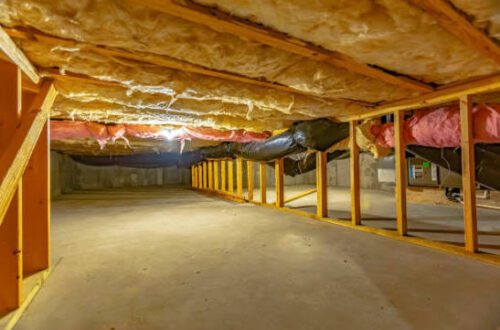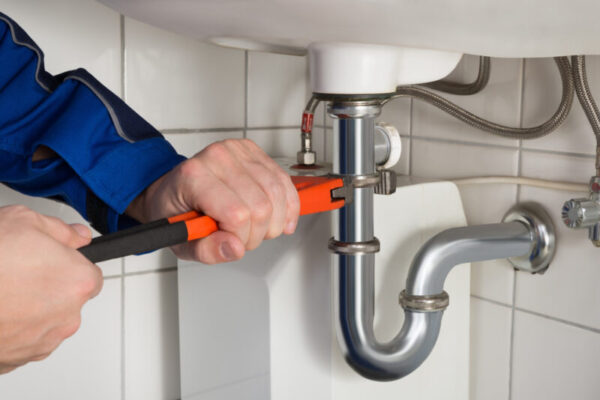In the age of smart technology, the concept of home automation has transformed the way we live. From controlling lighting and thermostats to securing our homes and even simplifying our daily routines, smart home setups offer convenience, security, and efficiency like never before. If you are eager to embark on the journey of creating a smart home, this blog will provide you with tips and tricks to make the process easier and more enjoyable.
1. Define Your Objectives:
Before diving headfirst into the world of home automation, take some time to define your objectives. What are your specific goals for automating your home? Do you want to enhance security, save energy, or simply enjoy the ease of voice-activated controls? Having a clear vision will help you prioritize your investments and create a plan. For instance, you may want to start by upgrading your interet to a better internet provider in Los Angeles.
2. Choose an Ecosystem:
Smart home devices often work best when they are part of a cohesive ecosystem. Brands like Amazon Alexa, Google Assistant, and Apple HomeKit offer ecosystems that allow you to connect and control various devices seamlessly. Selecting a compatible ecosystem will make managing your smart home more straightforward.
3. Start Small:
Begin your smart home journey by starting small. You don’t need to automate your entire home at once. Pick one area or device to focus on initially, such as smart lighting or a smart thermostat. Once you become familiar with the technology and feel comfortable, you can expand your system gradually.
4. Research Compatibility:
When adding new smart devices to your home, ensure they are compatible with your chosen ecosystem. This compatibility will streamline integration and reduce potential frustrations. Read product descriptions, reviews, and compatibility lists to make informed choices.
5. Establish a Central Hub:
A central hub or smart speaker can serve as the brain of your smart home. It allows you to control multiple devices from a single location through voice commands or a mobile app. Popular options include Amazon Echo, Google Home, and Apple HomePod.
6. Invest in Security:
As you build your smart home, don’t overlook security. Ensure that your network and devices are protected from potential cyber threats. Change default passwords, enable two-factor authentication, and keep your firmware and software up to date to safeguard your smart home from intruders.
7. Explore Automation Routines:
One of the greatest benefits of home automation is the ability to create custom automation routines. For example, you can program your lights to turn on gradually in the morning, adjust the thermostat when you leave for work, and lock the doors automatically at night. Experiment with automation to simplify your daily routines.
8. Consider Energy Efficiency:
Smart home automation can help you reduce energy consumption and save money. Devices like smart thermostats and energy-monitoring plugs enable you to manage and optimize your energy usage more efficiently. You can schedule heating and cooling systems to run only when needed or turn off lights automatically when rooms are unoccupied.
Conclusion
Setting up a smart home doesn’t have to be daunting. With careful planning, research, and a step-by-step approach, you can create a smart home that enhances your lifestyle, offers convenience, and improves security. Remember that the key to a successful smart home setup is patience and a willingness to learn as you go. So, start small, experiment, and enjoy the exciting world of home automation!
Top of Form






